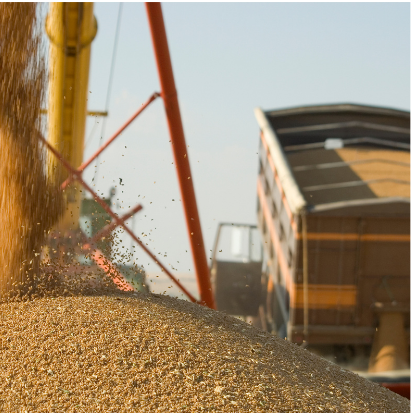Ukraine wheat shortage
As Russia began invading Ukraine, most of the farmers there had no choice but to abandon their
farms and flee for their lives or to join their neighbors in the fight to maintain their
national sovereignty.
Russia and Ukraine combined supply more than a quarter of the world’s wheat supply. The
conflict between these two countries was bound to have an effect on global wheat prices.
Wheat is a core ingredient in many staple food products worldwide and provides 20% of the
globe’s nutritional needs. Countries that heavily depend on wheat exports from
Ukraine continue to face food insecurity as their entire supply chain is disrupted. With wheat
production already set for 2022, farmers in Washington state and elsewhere will
have to wait to determine how much more they can add to their production to
make up for the supply shortage and meet market demand. While this may seem like an
opportunity for local farmers, rising costs and unpredictable demand make these determinations
risky.
According to Reuters, the Ukrainian invasion will create a wheat shortage that lasts as least three
seasons. This disruption could push prices to record highs, despite some a moderate increase in
export capacity. Russia, too, has downgraded its grain export forecasts from 130 million tons to
only 50 million tons for the 22-23 season after a cold spring gave them a late start and parts for
their farming equipment are hard to acquire.
The United Nations issued warnings of severe food shortages and famine outbreaks in parts of
the world, brokering some increased export capacity. The increase, however, falls significantly
short of current global demand and we have yet to see if farmers will be able to solve the
shortage going forward.

